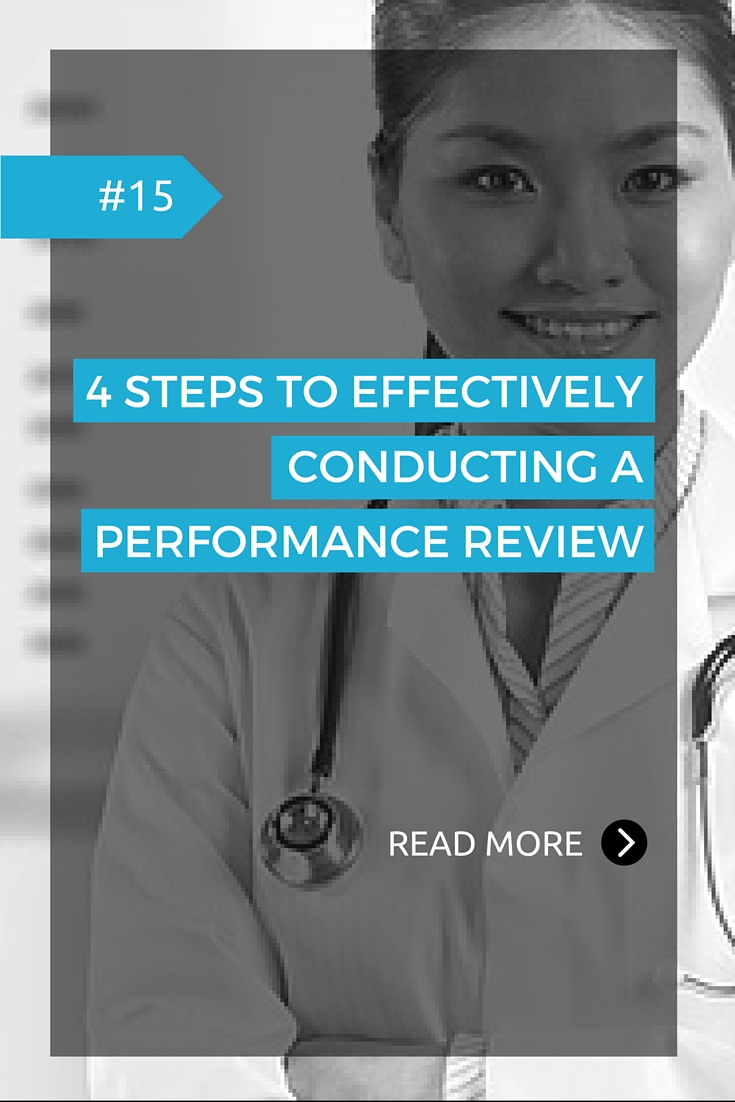Unfortunately, it’s more common for employers to find time to discuss what an employee is doing wrong rather than what they’re doing right. As a result, employees aren’t mentored or coached to reach their fullest potential leaving your business at risk of being stagnant. Maybe your office manager is a wiz at customer relations, or the part-time receptionist has a knack for social media. Encouraging growth in these (and other) important skills could translate to an increase in eyewear sales, patient retention, and ultimately your bottom line. One way to do this is through a performance review.
1. Establish a consistent evaluation schedule.
Employees should be made aware of evaluation dates in advance. This not only prepares them for the actual review date, but it lets them know you are paying attention and their performance could be affected in a positive manner. Holding employees accountable will help ensure they are working diligently for your practice. Evaluations should be, at minimum, an annual occurrence. However, it’s best to conduct a review every six months. This is long enough for an employee to improve in the skills that are weaker, while providing a reasonable amount of time for a follow-up review.
2. Get a refresher on each employee’s full job description prior to conducting the review.
While you and your partners have a general understanding of the responsibilities of each employee, many times new tasks come up that you may not be aware of. Keeping tabs on the full job responsibility will greatly help when conducting a review. If you don’t know what you’re evaluating, the review will fall flat for both you and your employee.
3. Have S.M.A.R.T. goals in line before the evaluation meeting is over.
Clear, measurable goals are vital in the positive growth of your employees. Asking an employee to increase the number of reviews they ask patients for is not measurable. It’s a bit vague. Is that an increase over the next six months? Per week? A better goal would be to obtain an average of 5 patient reviews per week. That is measurable. As the employer, it’s your responsibility to establish a tool for recording this goal. Outline how you will help monitor the progress. Will you check in weekly? Bi-weekly? If you don’t have time to physically check in, ask the employee to send you a quick email with their progress at the end of the work week.
4. Don’t forget to follow up.
Following up with all employees is often a missed step in the review process. If you aren’t willing to take the time to follow up with performance, your employees aren’t going to take the improvement process seriously. It’s also important to make sure the partner who conducted the initial review is the one who conducts the follow-up review.
With all the demands of running a practice, performance evaluations are one of the most important aspects that should never be overlooked. Fostering an environment that encourages growth and positive performance will help you maintain top-tier staff members, and in return, your business will see new heights.


